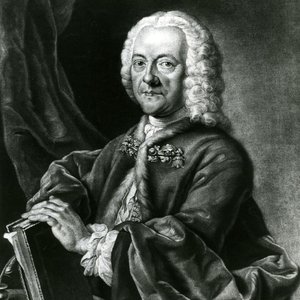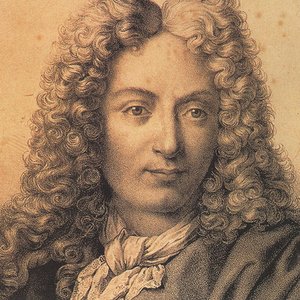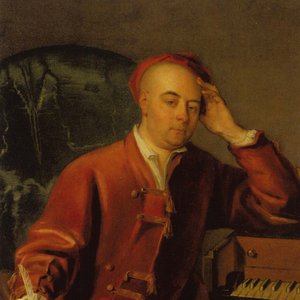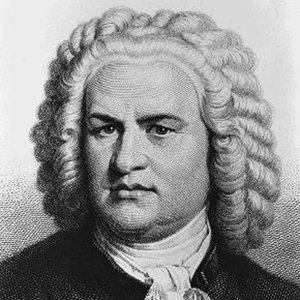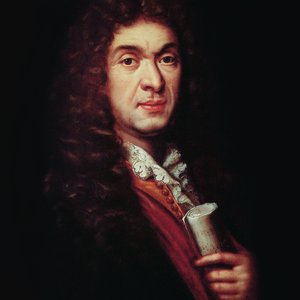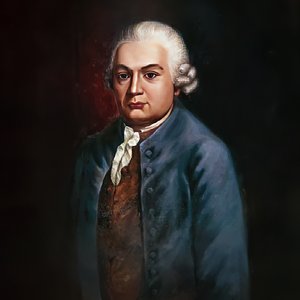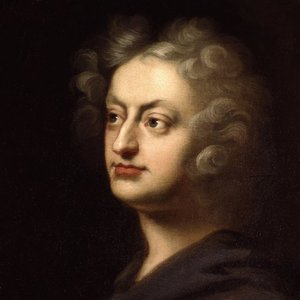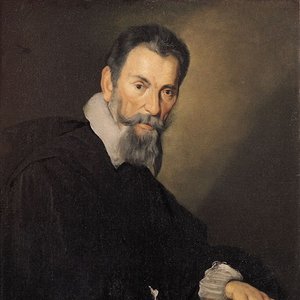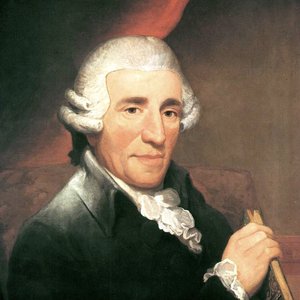Biography
-
Born
10 November 1668
-
Born In
Paris, Île-de-France, France
-
Died
11 September 1733 (aged 64)
François Couperin (1668–1733) was a French Baroque composer, organist, and harpsichordist. He was known as "Couperin le Grand" (Couperin the Great) to distinguish him from the other members of the musically talented Couperin family, and because of his immense virtuosity on the organ and the harpsichord.
Born on 10th November 1668 in Paris, Couperin was taught by his father Charles Couperin and by Jacques Thomelin. In 1685 he became the organist at the church Saint-Gervais, Paris, a post he would pass on to his cousin, Nicolas Couperin. Other members of the family held the same position in later years. In 1693 Couperin succeeded his teacher Thomelin as organist at the Chapelle Royale (Royal Chapel) with the title Organiste du Roi (organist to the king).
In 1717 Couperin became the organist and composer to the court with the title "ordinaire de la musique de la chambre du Roi". With his colleagues, Couperin gave a weekly concert, usually on Sundays. Many of these concerts were in the form of suites for violin, viol, oboe, bassoon, and harpsichord of which he was a virtuoso player.
Couperin acknowledged his debt to the Italian composer Arcangelo Corelli, and introduced Corelli's trio sonata form to France. Couperin's grand trio sonata was subtitled "Le Parnasse, ou l'Apothéose de Corelli" ("Parnassus, or the Apotheosis of Corelli"); in it he blended the Italian and French styles of music in a set of pieces which he called les goûts réunis ("tastes reunited").
His most famous book, L'Art de toucher le clavecin (published in 1716), contained executions for fingerings, touch, ornamentation and other features of keyboard technique, and influenced Johann Sebastian Bach. Bach adopted the fingering system, including the use of the thumb, that Couperin set forth for playing the harpsichord.
Couperin's four volumes of harpsichord music contain over 230 individual pieces, which can be played on solo harpsichord or performed as small chamber works. These greatly influenced J.S. Bach and then much later Richard Strauss, as well as Maurice Ravel who memorialised him with Le Tombeau de Couperin ("The Tomb of Couperin").
Many of Couperin's keyboard pieces have evocative picturesque titles and express a mood through key choices, adventurous harmonies and (resolved) discords. They have been likened to miniature tone poems. These features attracted Richard Strauss, who orchestrated some of them.
Johannes Brahms's piano music was influenced by the keyboard music of Couperin. Brahms performed Couperin's music in public and he contributed to the first complete edition of Couperin's Pièces de clavecin edited by Friedrich Chrysander in the 1880s.
Artist descriptions on Last.fm are editable by everyone. Feel free to contribute!
All user-contributed text on this page is available under the Creative Commons Attribution-ShareAlike License; additional terms may apply.



